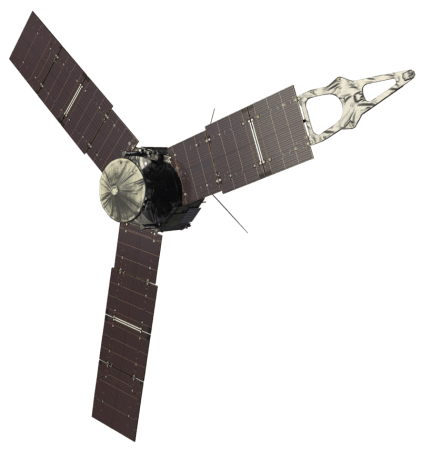
NASA's Juno spacecraft conducted its fifth close flyby of Jupiter's cloud tops on Thursday, May 18. The spacecraft, operated by NASA's Jet Propulsion Laboratory, was at a distance of 102 million kilometres (63.5 million miles) during its closest encounter with the centre of gas giant Jupiter.
Also Read: Have scientists discovered first proof of a multiverse?
According to reports, Juno orbited the cloud tops at a close proximity, which was around 3,400 km (2,100 miles). Jupiter's mysterious clouds and its auroras are being explored by the spacecraft to figure out more about the gas giant and find out more about the origins, atmosphere, structure and magnetosphere of the planet.

The spacecraft was launched on August 5, 2011, from Cape Canaveral, Florida, and reached Jupiter's orbit on July 4, 2016. The mission is part of the New Frontiers Program managed by NASA's Marshall Space Flight Center in Huntsville, Alabama, for the Science Mission Directorate. Lockheed Martin Space Systems, Denver, built the spacecraft.
According to NASA, Juno's principal goal is to understand the origin and evolution of Jupiter. With its suite of nine science instruments, Juno will investigate the existence of a solid planetary core, map Jupiter's intense magnetic field, measure the amount of water and ammonia in the deep atmosphere, and observe the planet's auroras.
The mission will also let us take a giant step forward in our understanding of how giant planets form and the role these titans played in putting together the rest of the solar system.















